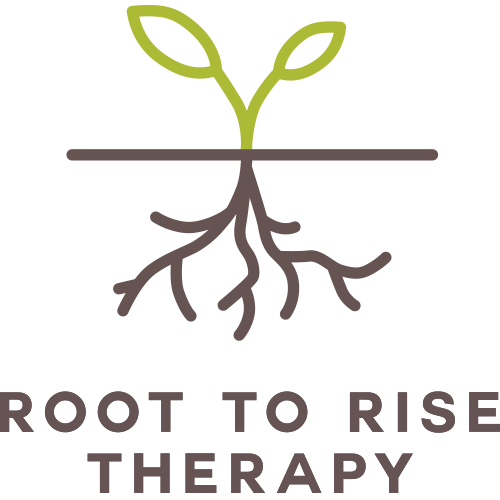Tears can be triggered when we experience physical pain or discomfort. This response serves as a social function to signal to others that help or comfort is needed!
Emotional safety is the core foundation in relationships. It’s vital for building trust, vulnerability and intentional connection. This foundation allows you to show up authentically in your relationships, and it also allows you to do so without fear of being judged or rejected.

When survival quiets down, what’s left can feel unfamiliar. It’s strange to not always be scanning for danger. Strange to have choices instead of reflexes. Strange to realize that peace can feel unsafe when you’ve never had it before. This is the part of healing no one warns you about, the part that’s less “liberation” and more “relearning how to live.”

When most couples are in conflict, they often get stuck in a cycle of trying to win, rather than trying to understand each other. The fight escalates because we don’t feel heard. And when we don’t feel heard, we protect ourselves, by defending, explaining, or shutting down.

Have you ever cried on your birthday? If so, you’re clearly not alone. So why is that? And why do so many of us have such complicated relationships with our birthdays? Some people thrive, dedicating an entire month to celebrations and gatherings. Others prefer to let the day pass by without acknowledgement.

One of the reasons why conflict becomes so dangerous and unruly in relationships is due to the heightened emotionality of each person and the natural defensive and retaliatory responses elicited. In other words, when we hurl our raw, level 10 emotions at another person during conflict, it will most likely be met by more heightened emotion, defensiveness, or even complete emotional withdrawal or shut down.


